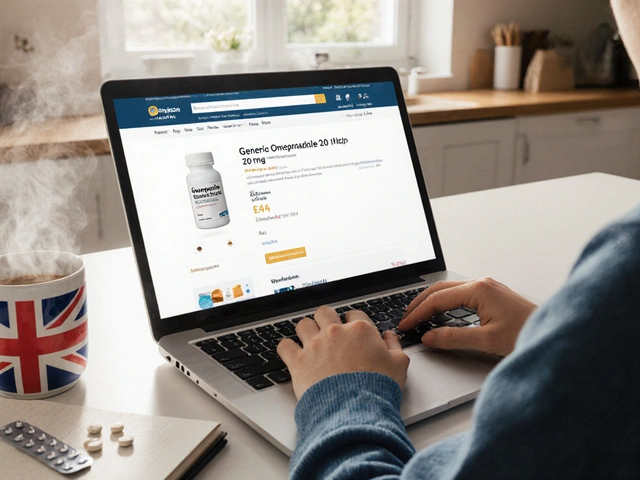Brand Drugs: What They Are, How They Compare to Generics, and When They Matter
When you pick up a prescription, you might see two names: one that sounds like a product from a tech company, and another that’s just the chemical name. The first is a brand drug, a medication marketed under a proprietary name by the original manufacturer, often protected by patents. Also known as name-brand medication, it’s the version you see advertised on TV or in doctor’s offices. The second? That’s the generic medication, a chemically identical version sold after the patent expires, usually at a fraction of the cost. Many people assume brand drugs are stronger, safer, or work better—but that’s not true. The FDA requires generics to have the same active ingredient, strength, dosage form, and route of administration. So why do brand drugs still exist? And when does paying extra actually make sense?
It comes down to timing, trust, and sometimes, biology. Brand drugs get the first shot at the market. They’re the ones tested in clinical trials, the ones doctors learned about in med school, and the ones patients remember from their first prescription. But once the patent runs out, other companies can make the same drug. The difference? No marketing budget. No fancy packaging. Just the same pills, often made in the same factories. In fact, many brand drug makers also produce the generic versions—they just slap a different label on them. Still, there are exceptions. Some drugs, like blood thinners or thyroid meds, need to be super consistent. Even tiny differences in how they’re absorbed can matter. That’s why some patients stick with the brand, even if their insurance pushes for the generic. And then there’s the issue of cost. In the U.S., a brand drug can cost hundreds of dollars a month. The generic? Often under $10. That’s not just savings—it’s access. People skip doses or skip refills when the price is too high. Generics keep treatment alive.
But brand drugs aren’t just about pills. They’re tied to how prescriptions are written, how pharmacies handle substitutions, and how insurance plans structure their formularies. Some plans require you to try the generic first—this is called step therapy. Others won’t cover the brand unless you prove the generic didn’t work. And if you’re on Medicaid or Medicare, your coverage can change based on which version you choose. You’ll also find brand drugs in discussions about drug shortages, where manufacturers stop making the generic because it’s not profitable. Or in cases where a brand drug gets reformulated—like a new extended-release version—and the generic hasn’t caught up yet. Even storage matters. Some brand drugs come with specific packaging to protect against humidity or light, which can affect stability. That’s why we have articles on medication storage, how temperature and humidity impact drug effectiveness over time. And why we cover drug interactions, how acid-reducing meds like PPIs can block absorption of other drugs. These aren’t just side notes—they’re real-world factors that influence whether your treatment works.
So when should you choose the brand? When your doctor says so. When the generic causes side effects you didn’t have before. When your condition is so sensitive that even small variations matter. But for most people, the generic is just as good—and way cheaper. The real question isn’t whether brand drugs are better. It’s whether you’re paying for science, or just for the name.
Below, you’ll find real-world guides on how to save money with generics, when to question a brand-only prescription, how insurance affects your choices, and how to spot the subtle differences that actually matter.
When Doctors Say 'Do Not Substitute': Why Brand Drugs Are Sometimes Required

Doctors write 'Do Not Substitute' prescriptions when generics could be unsafe. Learn when brand drugs are medically necessary, why costs spike, and how to ask the right questions.
read more



